by Irma Havlicek
Powerhouse Museum Website Producer
Excavation Area 4 (EA4) was one of two areas (the other being EA3) where test trenches were excavated last year. Kristen Mann was supervisor of the test trench here last year and continues to supervise it this year.
Kristen is doing PhD research into households, including the spatial patterning of behaviour – that is, how the layout of buildings, rooms, spaces in and between buildings, pathways, communal spaces, etc. influences people’s behaviour, and also about the choices people make to adapt their spaces to fit their needs.
Excavation Area 4 appears particularly well suited to her research – about which there will be more in a future post.
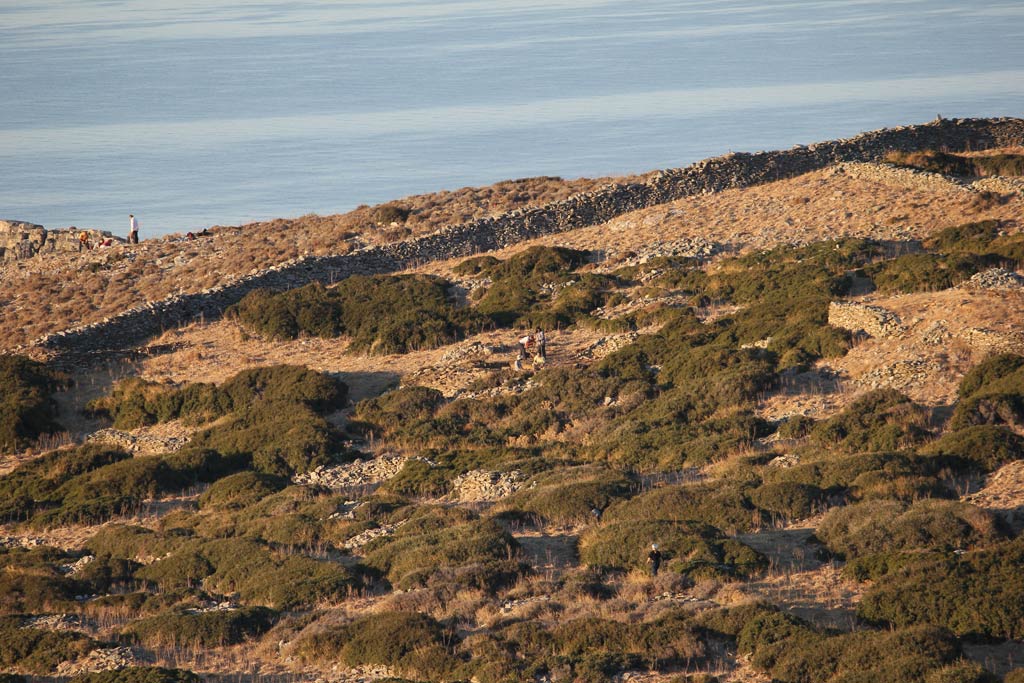
Excavation Area 4 is just south-east of the section of J excavated during the work of the 1960s and 70s under Professor Alexander Cambitoglou which reveals a concentration of domestic buildings (at the centre of the plan below). EA4 was chosen for test excavation last year because there was visible well-preserved architecture with a good depth of soil and because during site reconnaissance last year, slag (metalworking debris) was observed in the general vicinity of EA4 (as it was in many areas of Zagora). So the evidence indicated that further research in this area may provide information about industry, even if only on a domestic level. Such findings could suggest economic models that would help us understand the ancient society and economy of Zagora – which is one of the main goals of the project.
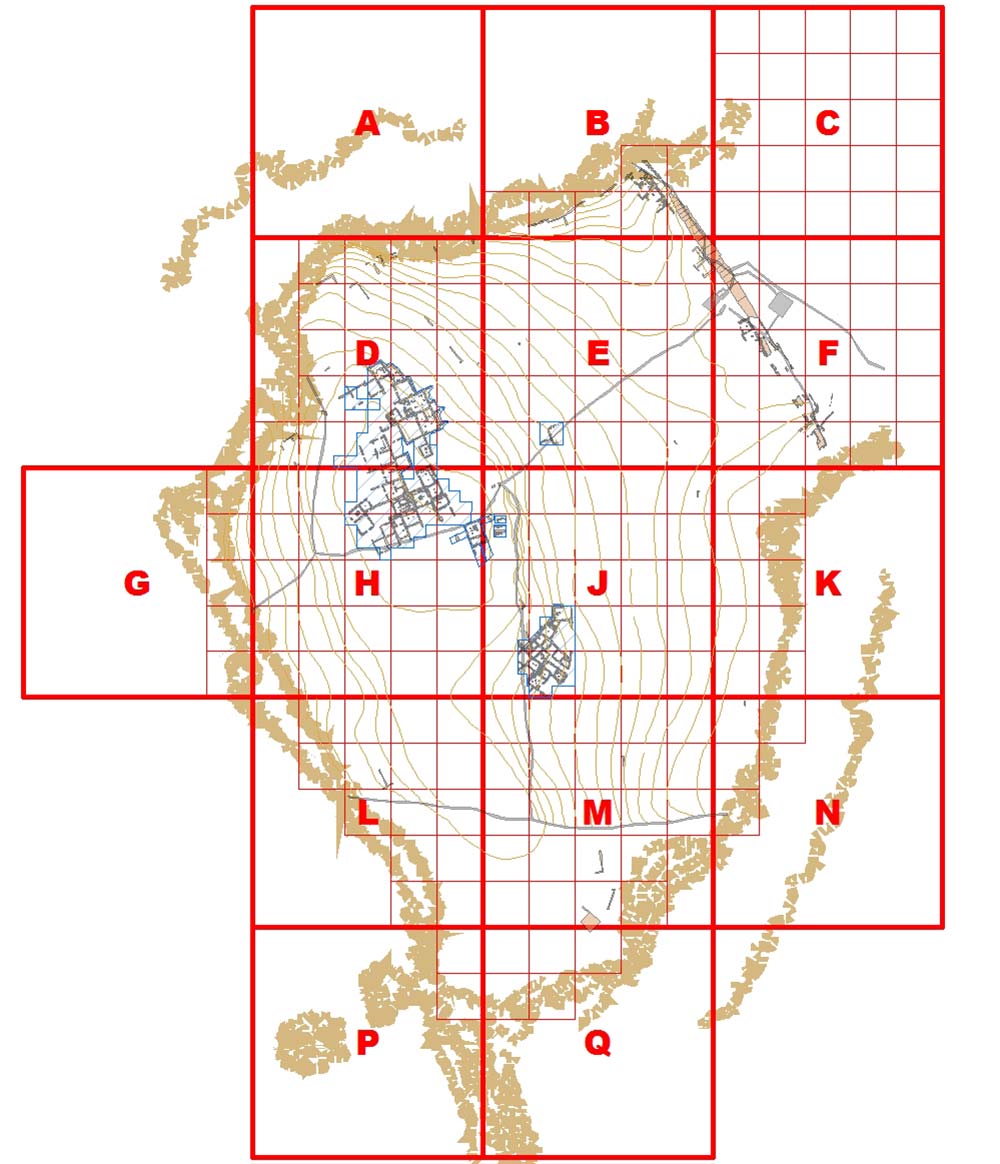
As with EA2, the work being done this year is being used as a kind of control, enabling comparison of processes and findings from the 1960s and 70s excavations in the vicinity of EA4.
The findings of the 1960s and 70s indicate that many of the late Geometric dwellings at Zagora contain two rooms and a courtyard – with one room having been used for storage and the other, perhaps used for sleeping, possibly also for eating and other activities. That suggests a whole family may have slept in one small room. In earlier periods at Zagora, houses seem to have been even more simple, comprised of a single interior space only.
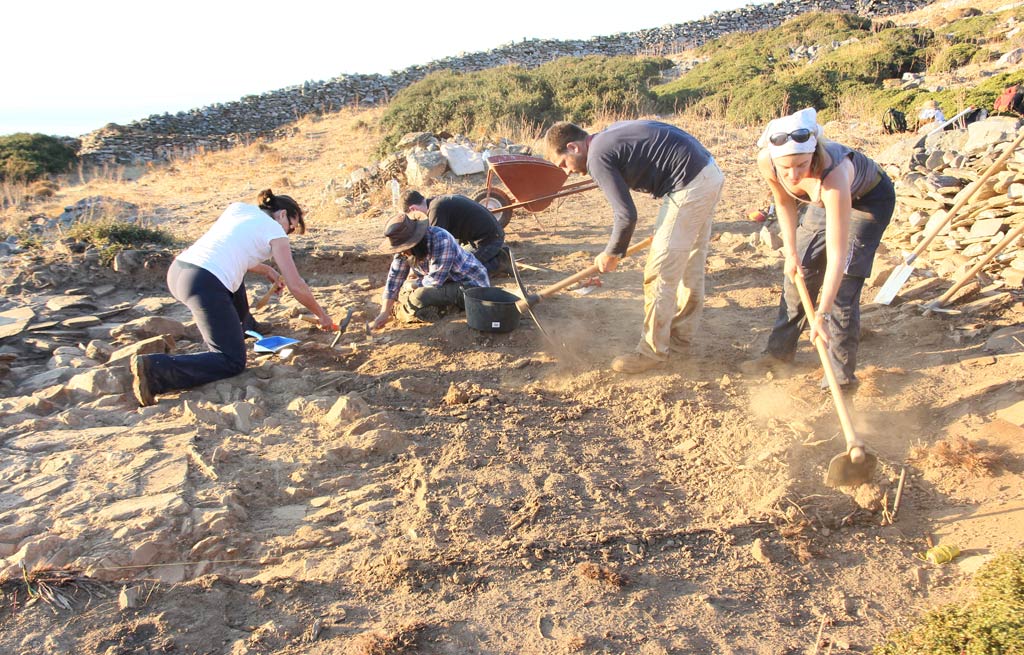
Much of this earlier work at Zagora forms the foundation of the work being done now at Zagora. However there are now new analytical methods available that had not been developed 40 years ago – for example, soil analysis techniques such as flotation of occupation deposits (there will be a post about this soon) which can retrieve organic samples that provide evidence of ancient diet and domestic economy, for example by finding seeds, tiny fish bones and shell fragments, slag, obsidian and other substances in the soil.
There are also new ceramic residue analysis techniques which can provide evidence of diet by determining what food molecules remain in the ceramics.
Such new techniques and technologies are being employed across all the excavations taking place at Zagora this year in order to deepen our understanding of Zagora.
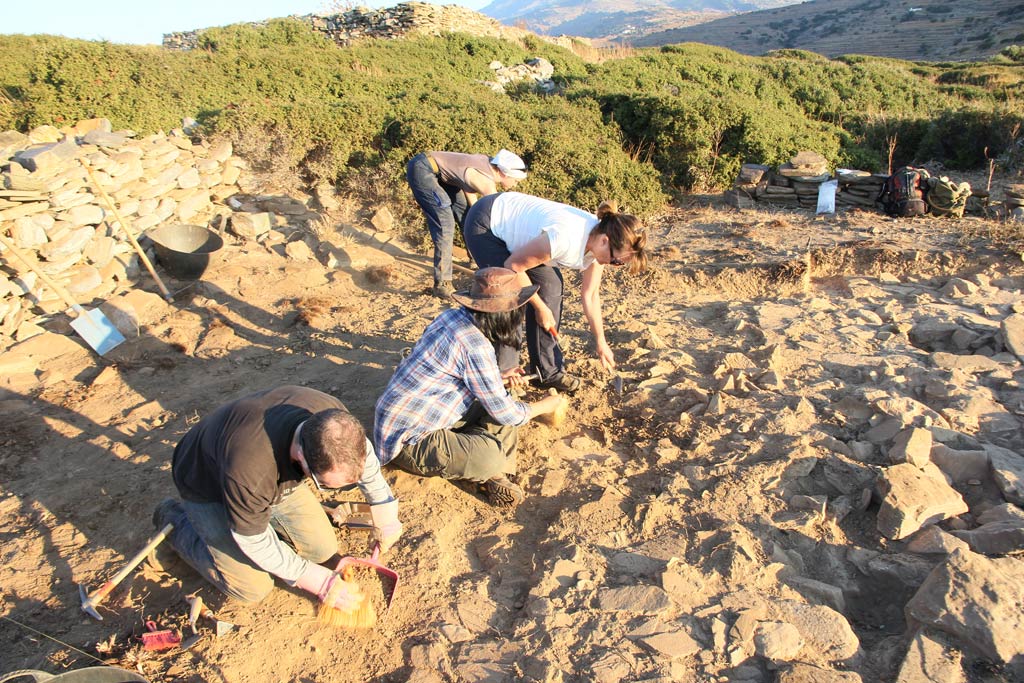
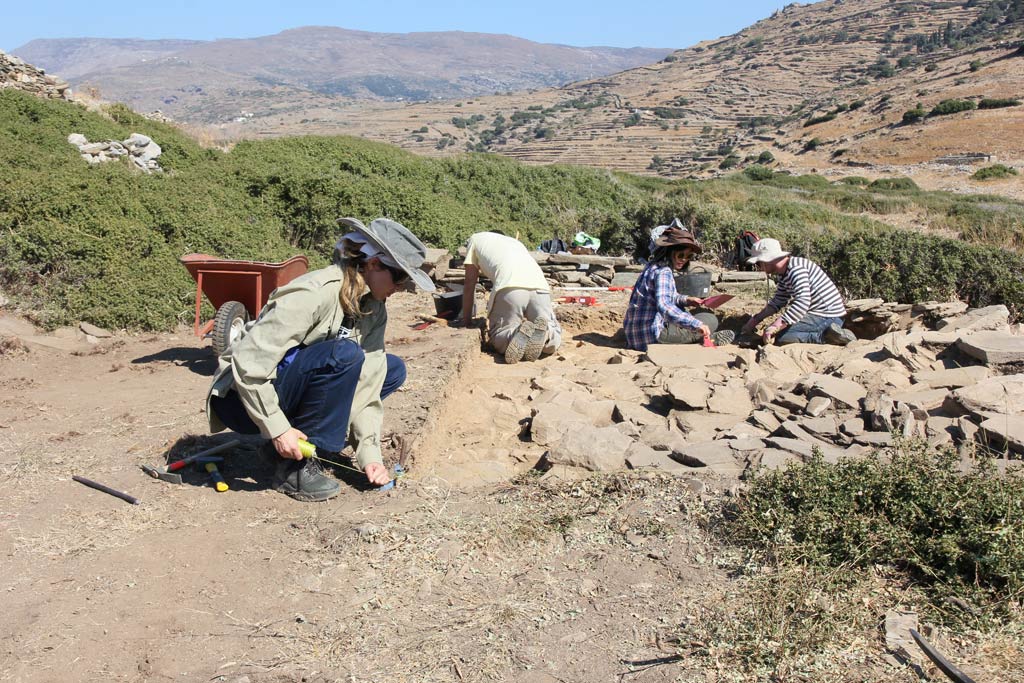
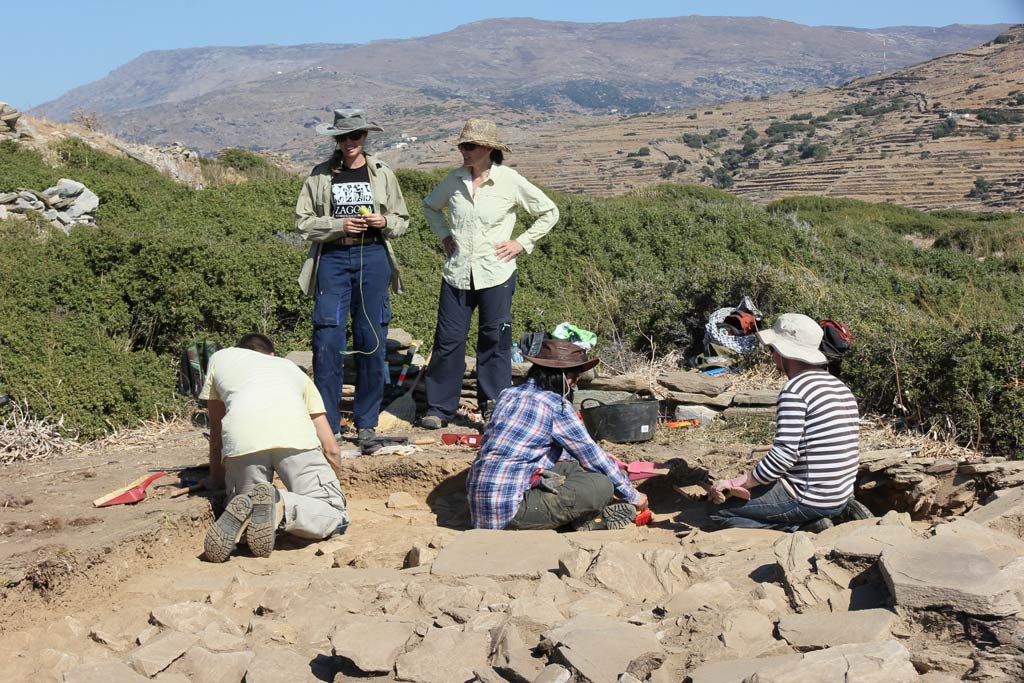
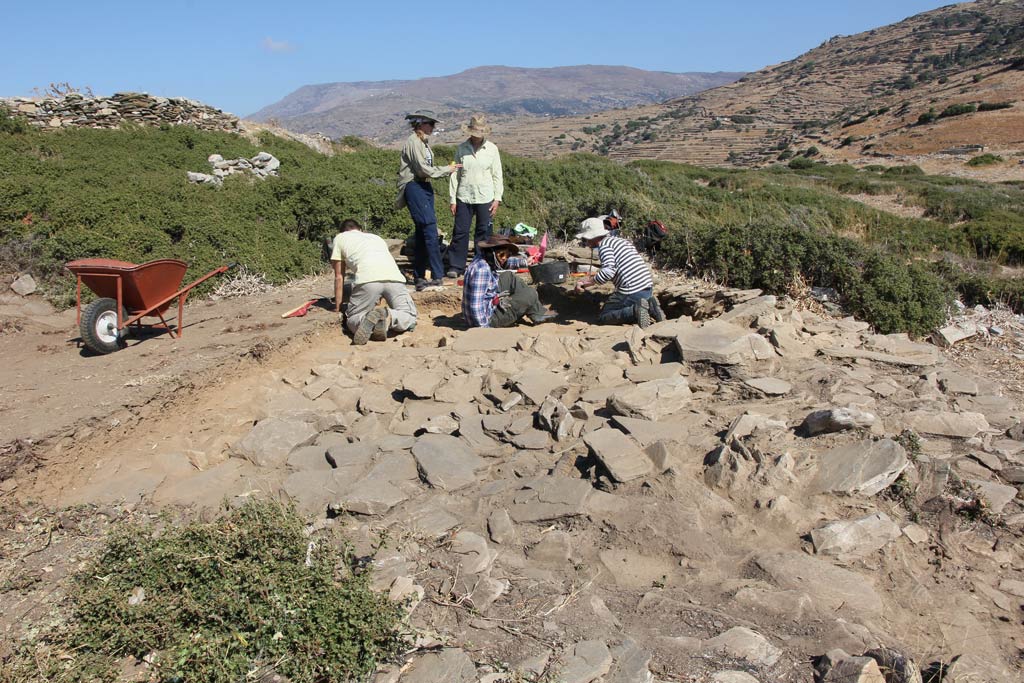
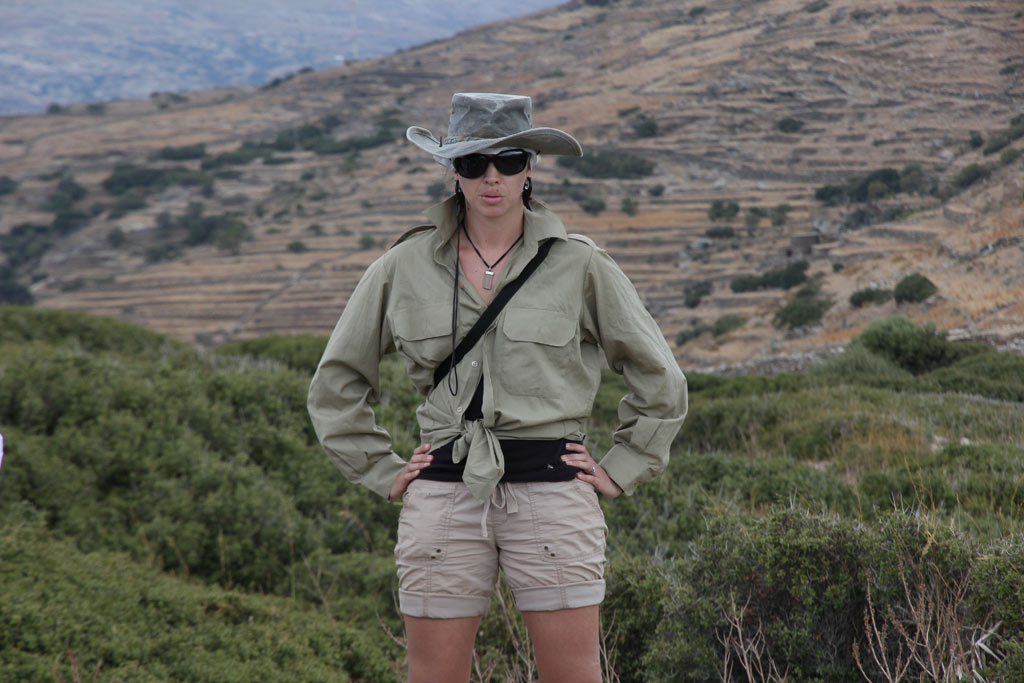
Thanks
Thanks to Meg Miller, Lesley Beaumont and Kristen Mann for interviews and conversations which provided the substance of this post.

